As part of its military modernization drive, Hungary, a member of the EU and NATO, is clearing out its outdated arsenal. Its southern neighbor, Serbia, is seen as a potential recipient of decades-old equipment and even Soviet-era equipment.
“The Hungarian government and the Ministry of Defence are keen to seek a partnership with Serbia so that the Hungarian defence industry can develop and innovate within the framework of the development of the armed forces,” Hungarian Defence Minister Kristóf Szalay-Bobrovniczky said at a joint press conference with his Serbian counterpart Miloš Vučević late last month.
Mr. Szalay-Bobrovniczky recalled that his country and Serbia had agreed that, in addition to military cooperation, they would set up a working group on defense industry and related procurement. “We are here today for this reason. This working group has just been established in Budapest and has already started its work,” he said.
“Within the framework of bilateral cooperation, Hungary has sold to Serbia equipment from the Soviet era that is no longer in use. This is an important step in cooperation. This became possible because Hungary is constantly developing its armed forces and new equipment is constantly arriving in large quantities from various procurements,” the minister said.
In addition, old equipment that can be repaired or modernized will not be sold, and the Hungarian Defense Forces will find a place and function for this equipment within their own units, according to Mr. Szalay-Bobrovniczky.
Potential items
While Mr. Szalay-Bobrovnivzky did not mention specific equipment, the Defense Post outlined a range of defense platforms that Hungary could offer, including US-made M1151 multi-role armored vehicles and Swedish JAS 39C trainer aircraft, all of which are more than a decade old.
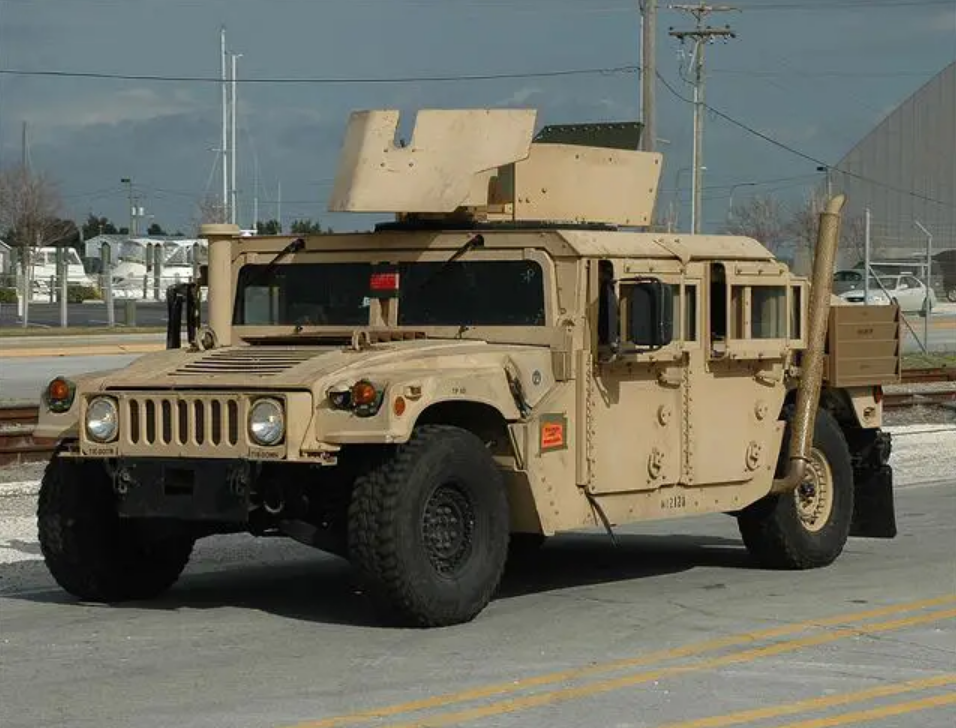
M1151 multi-purpose armored vehicle made in the US. Photo: Army Recognition
Hungary also possesses Soviet-era systems, such as MiG-24 attack helicopters and armored fighting vehicles. Additionally, Budapest is said to have 30 aging T-72 M1 main battle tanks, which are considered “ripe for the Serbian selection.”
“By selling these items, we can also save on warehousing costs,” said Mr. Szalay-Bobrovnivzky.
Before announcing its intention to sell such obsolete equipment, Hungary sold 26 Soviet-era BTR-80A armored infantry fighting vehicles to Serbia late last month. The vehicles are equipped with night vision equipment and advanced communications systems, but are said to be no longer suitable for Budapest’s long-term defense needs.
According to Serbian newspaper Srbija Danas, the Balkan country made a “very good decision” in purchasing the armored vehicles as they can be used to support various military missions in Serbia. Hungary first put the BTR-80A into service in 1996.
Important shopping items
The Hungarian Army's modernization program involves a number of important procurements, including the purchase of 214 Lynx armored vehicles, 44 Leopard 2A7+ main battle tanks and 24 PzH 2000 multiple rocket launchers, as well as KC-139 aircraft, H145M and H225M helicopters, and NASAMS surface-to-air missile systems.
Hungary is also looking to promote and invest in the defense industry through a number of cooperation agreements with foreign defense companies.
For example, in mid-December last year, the Central European country agreed to join German defense company Rheinmetall in developing the Panther KF51 main battle tank. Rheinmetall is collaborating on the project with Hungarian state-owned joint stock company N7.

Hungarian Defense Minister Kristóf Szalay-Bobrovniczky (right) receives Serbian Defense Minister Miloš Vučević, January 26, 2024, in Budapest. Photo: Hungarian Ministry of Defense
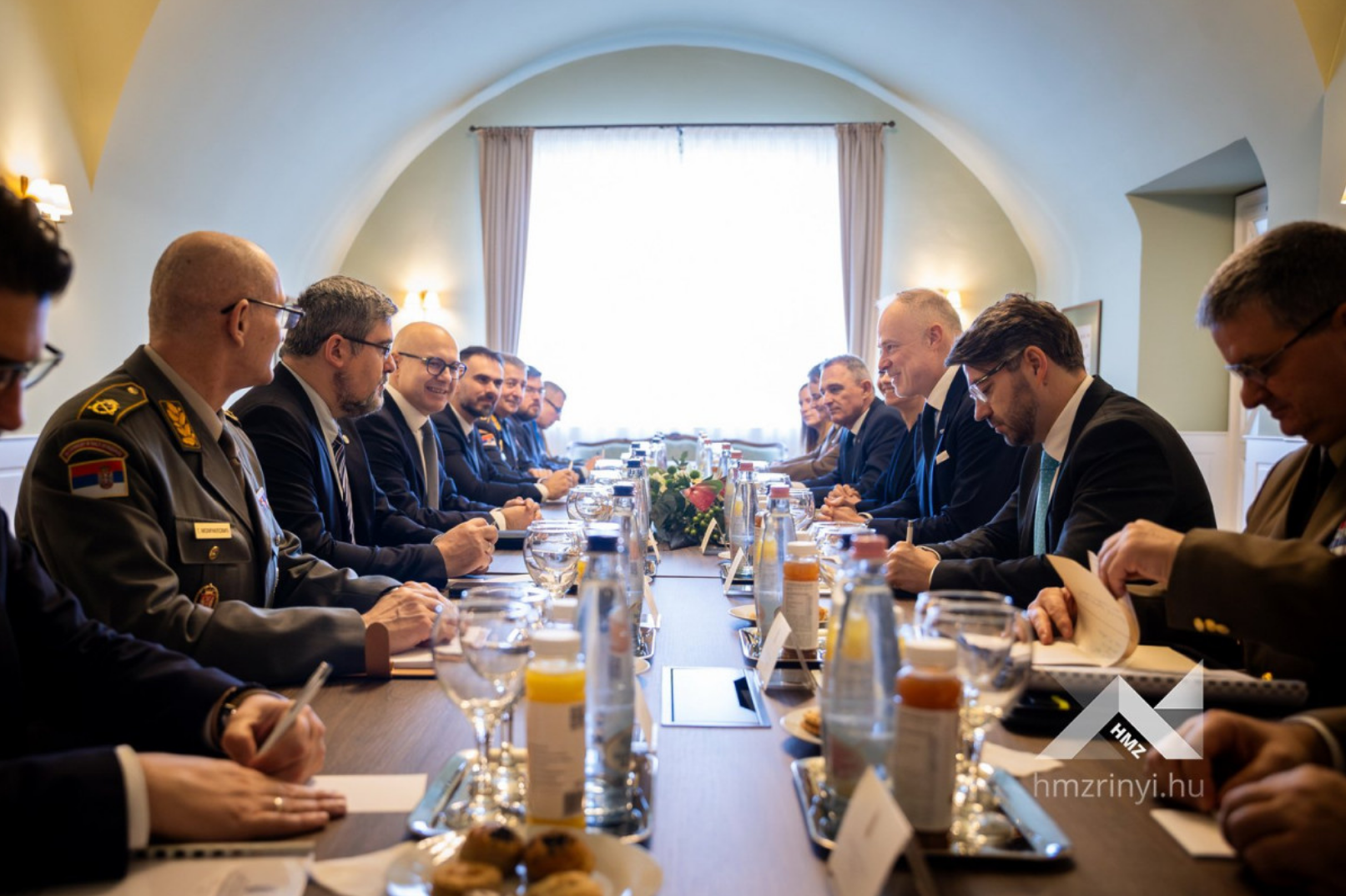
Hungarian Defense Minister Kristóf Szalay-Bobrovniczky and Serbian Defense Minister Miloš Vučević discussed the strong political and military ties between the two countries, January 26, 2024, in Budapest. Photo: Hungarian Ministry of Defense
The Hungarian defense minister also said that he and his Serbian counterpart discussed the security situation in the Central Eastern European and Western Balkan regions. “It is no exaggeration to say that the stability and security of the Western Balkans are directly related to and affect the stability and security of Europe. Therefore, we are both determined to ensure the security of the region,” he said.
For his part, Defense Minister Vučević, who is also Serbia's Deputy Prime Minister, said that Budapest can always count on Belgrade as a strategic partner, and the two sides share common values and a common vision for Europe.
“We believe in a Europe with traditions and values but also with a common future,” said Mr. Vučević, while thanking the Hungarian Government for always supporting Serbia in the matter of joining the European Union (EU) .
Minh Duc (According to Defense Post, Defense Hungary, Airforce Technology)
Source



![[Photo] General Secretary attends the parade to celebrate the 80th anniversary of the founding of the Korean Workers' Party](https://vphoto.vietnam.vn/thumb/1200x675/vietnam/resource/IMAGE/2025/10/11/1760150039564_vna-potal-tong-bi-thu-du-le-duyet-binh-ky-niem-80-nam-thanh-lap-dang-lao-dong-trieu-tien-8331994-jpg.webp)
![[Photo] Discover unique experiences at the first World Cultural Festival](https://vphoto.vietnam.vn/thumb/1200x675/vietnam/resource/IMAGE/2025/10/11/1760198064937_le-hoi-van-hoa-4199-3623-jpg.webp)


![[Photo] Opening of the World Cultural Festival in Hanoi](https://vphoto.vietnam.vn/thumb/1200x675/vietnam/resource/IMAGE/2025/10/10/1760113426728_ndo_br_lehoi-khaimac-jpg.webp)
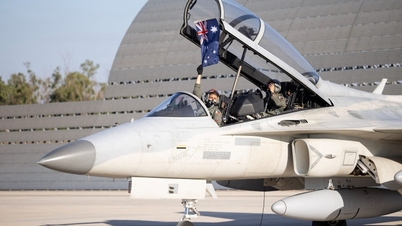



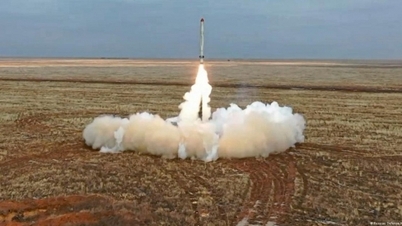
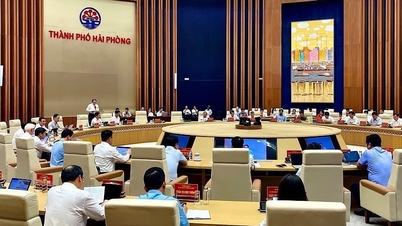











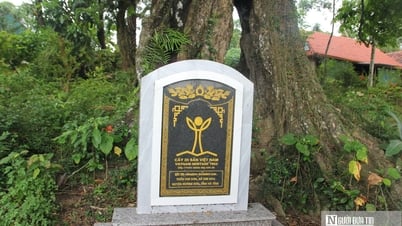
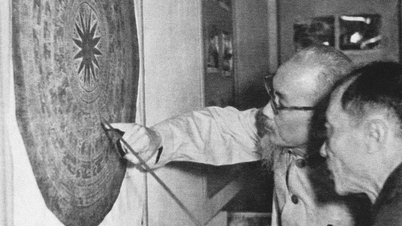
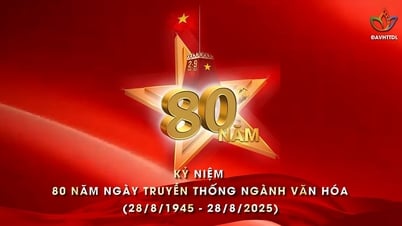


![[Photo] Ho Chi Minh City is brilliant with flags and flowers on the eve of the 1st Party Congress, term 2025-2030](https://vphoto.vietnam.vn/thumb/1200x675/vietnam/resource/IMAGE/2025/10/10/1760102923219_ndo_br_thiet-ke-chua-co-ten-43-png.webp)
































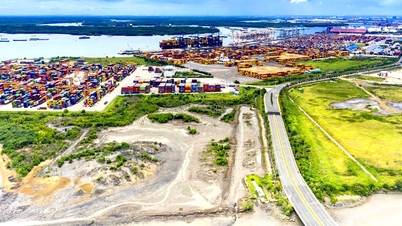
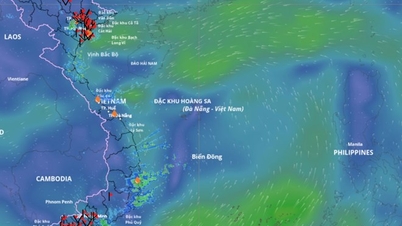


































Comment (0)